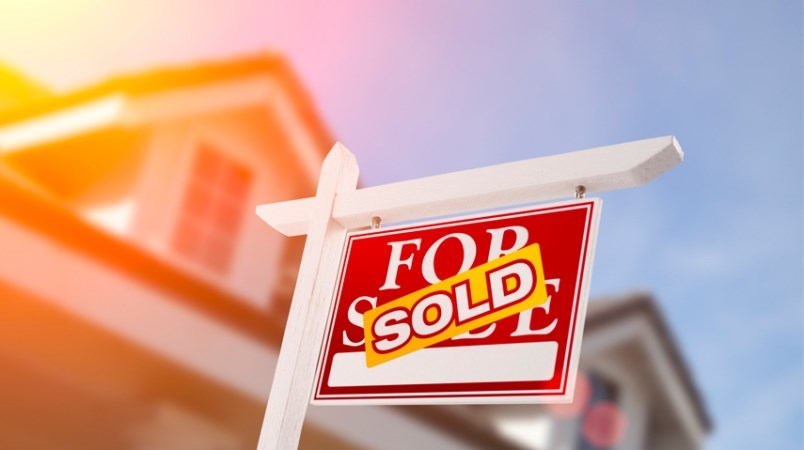Here’s a question for you: If Delta were being developed today, rather than in the 1960 and ’70s, what would our housing stock look like? I don’t think anyone can say for sure, but I know one word that would likely sum it up: different.
I raise the issue because Delta, like every other part of the Lower Mainland, is facing redevelopment pressure like never before as efforts are being made to maximize available land and create housing options that buyers not only want, but can afford.
Developed a half-century ago as an affordable, family-friendly suburb, Delta is no longer the former, which also makes it increasingly tough to be the latter. As well, old-timers who have been here for decades are having troubles finding appropriate empty nest accommodation as they transition from their single-family homes.
When I had a look at the real estate listings in South Delta last week, they didn’t paint a particularly attractive picture for those who can’t afford or don’t want a single-family home. There were three times as many homes for sale in Tsawwassen as there were condos and townhouse combined; it wasn’t much better in Ladner where there were 103 homes for sale, but only 33 townhouses and just 10 condos.
Recent developments have made those numbers look better as almost half of the 42 condos for sale in Tsawwassen are at Tsawwassen Springs, while the Hampton Cove/Marina Gardens neighbourhood accounts for close to half of the townhouses for sale in Ladner. Those projects are taking place on previously undeveloped land, of which there is precious little left in these parts, so moving forward much of what is becoming an increasingly necessary component of our housing inventory will have to come through redevelopment.
That’s where things tend to get complicated as replacing what we know with what we need can change the character of our communities in ways that make many feel uncomfortable. We’ve fashioned enviable places to live so, the argument goes, we should be doing all we can to protect them, rather than looking for ways to reinvent them.
There’s certainly validity in such a sentiment, but if they built what the market required back in the ’60s and ’70s, doesn’t it make sense to do the same today?



